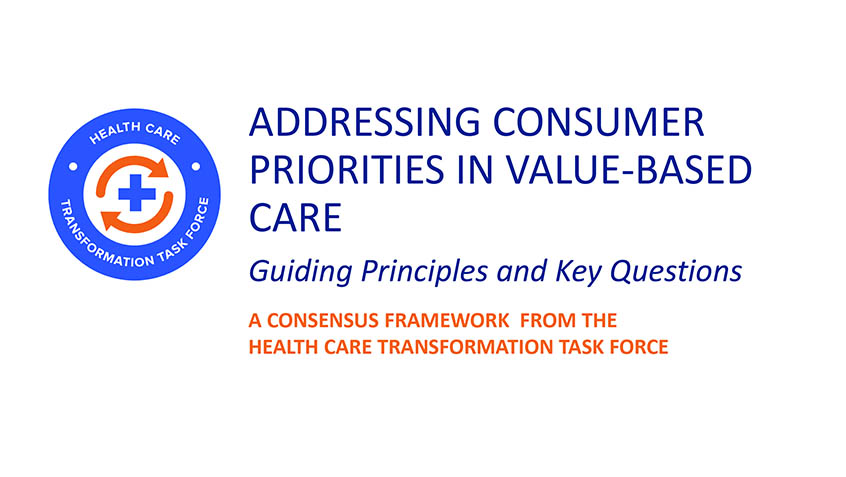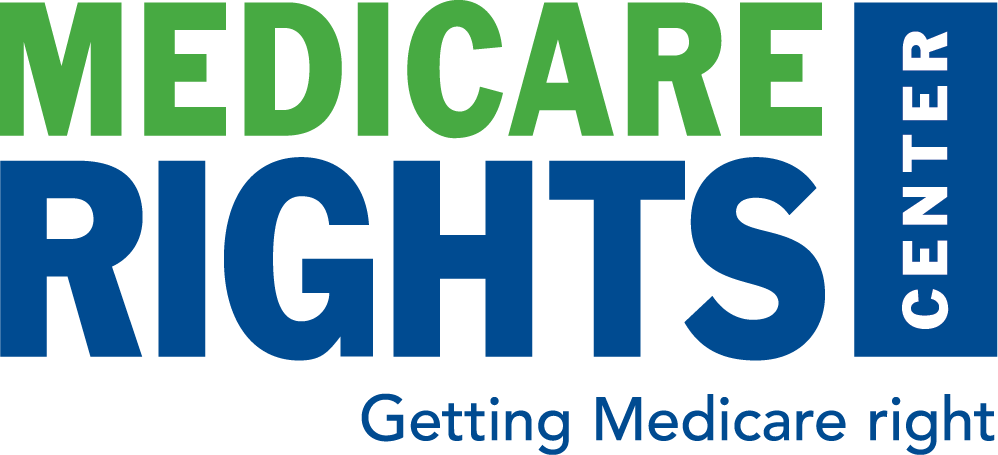Health Care Transformation Task Force Releases Framework Addressing Consumer Priorities in Value-Based Care
- By Mitchell Clark
- September 1, 2016

While a significant movement is underway to transform the U.S. health care system to deliver person-centered and value-based care, these efforts often place a greater emphasis on the “value-based” aspects rather than the “person-centered” aspects of the transformation.
The Health Care Transformation Task Force, a consortium of patients, payers, providers and purchasers working to accelerate the pace of U.S. health care delivery system transformation, commits to close this gap and inspire a greater focus on patient-centered care.
Genuine partnership among all health care stakeholders is essential to the success of ongoing efforts to improve the way care is paid for and delivered.. Patients and consumers have unique experiences and perspectives that are essential to consider as Medicare and other programs work to revitalize systems to ensure they meet diverse patient needs and enable them to engage effectively in their care and health.
To this end, the Task Force recently released new multi-stakeholder, consensus-based framework, “Addressing Consumer Priorities in Value-Based Care: Guiding Principles and Key Questions.”
This framework reflects seven months of hard-won consensus representing the views of patients and providers, as well as payers and purchasers. Task Force members are committed to using this framework as a starting point for their own efforts, and urge others to follow suit.
The Task Force framework is organized around six principles:
- Include patients/consumers as partners in decision-making at all levels of care. For example, are patients/consumers included as integral partners in all aspects of health care decision-making at every level, from system-level reform design to point-of-care decisions?
- Deliver person-centered care. For example, are patients/consumers and those who support them at the center of the care team?
- Design alternative payment models (APMs) that benefit consumers. For example, do APMs achieve cost-savings only through improvements in health and health care and ensure beneficiary rights and protections?
- Drive continuous quality improvement. For example, do the health care transformation policies and practices drive continuous quality improvement?
- Accelerate use of person-centered health information technology. For example, do alternative payment and care delivery models accelerate the effective use of person-centered health information technology?
- Promote health equity for all. For example, does the health care delivery system and payment reform model promote health equity and seek to reduce disparities in access to care and in health outcomes for all?
The framework reflects the consensus of the Task Force’s 42 member organizations and individuals, which includes representation from six of the nation’s top 15 health systems and four of the top 25 health insurers, as leading national organizations representing employers, patients and their families, and the policy community.
The Latest
Most Read
Add Medicare to Your Inbox
Sign up to receive Medicare news, policy developments, and other useful updates from the Medicare Rights.









